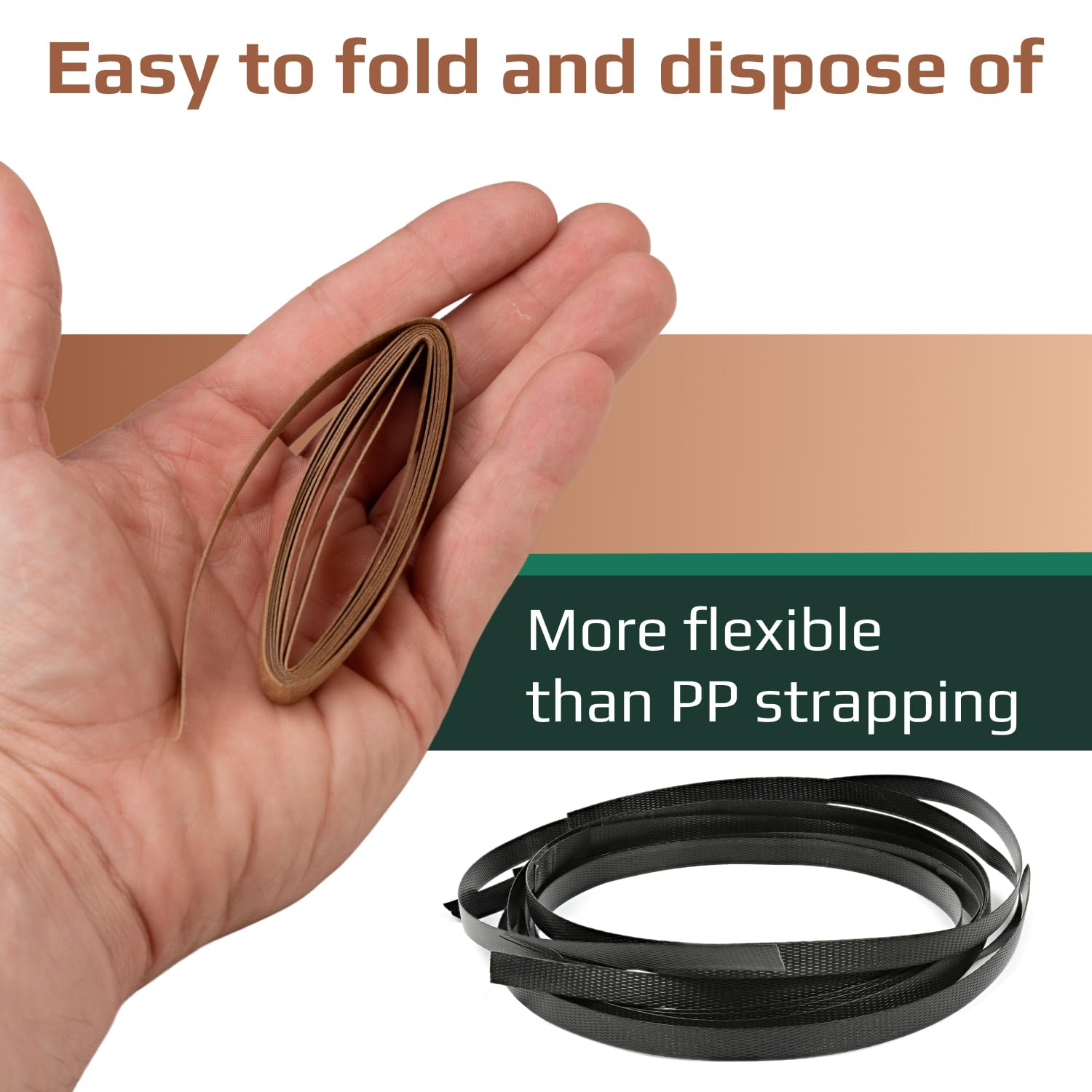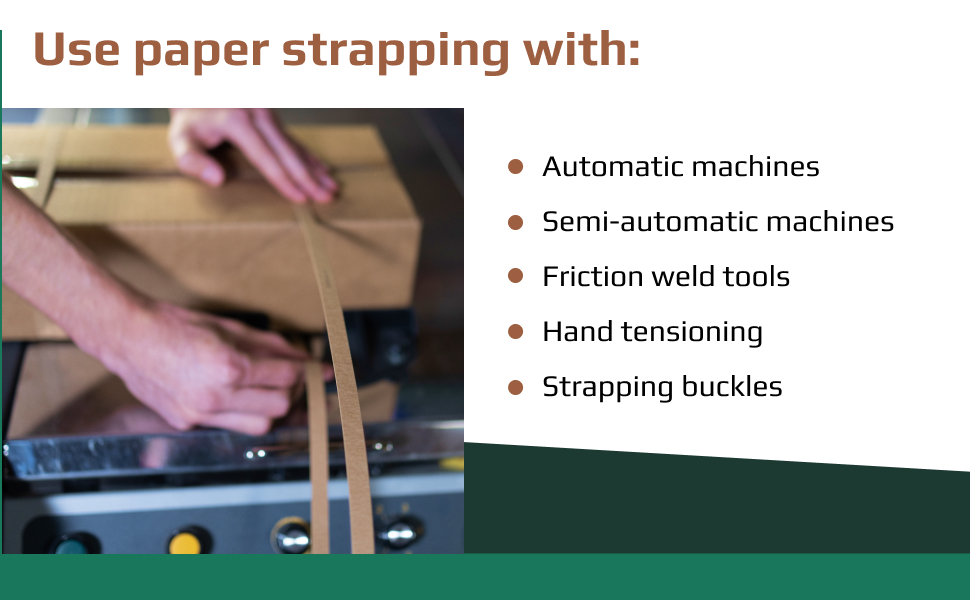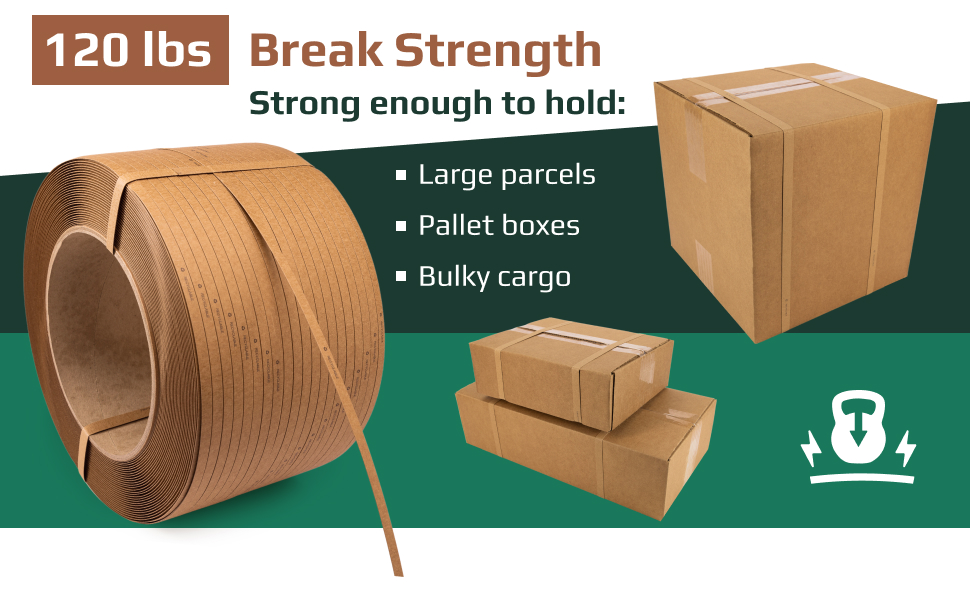In the vast landscape of packaging solutions, paper strapping has emerged as a sustainable and versatile alternative to traditional plastic and metal strapping materials. This environmentally friendly approach to securing goods during transportation and storage has gained significant traction in recent years, driven by the global push towards circular economy and reduced carbon footprints. This article delves into the significance of paper strapping, its unique advantages, the latest innovations, and its potential to reshape the packaging industry.
Packaging is an integral part of the supply chain, ensuring the safe and efficient movement of goods from production to consumption. However, the traditional methods of securing packages, such as plastic and steel strapping, have come under scrutiny due to their environmental impact and limited recyclability. Paper strapping, on the other hand, offers a green alternative that not only reduces waste but also aligns with consumer preferences for eco-friendly products.

At the heart of paper strapping's appeal lies its environmental friendliness. Made primarily from recycled paper or sustainable forestry sources, paper strapping minimizes the use of non-renewable resources and reduces greenhouse gas emissions associated with plastic and metal production. Furthermore, its biodegradability and compostability ensure that discarded strapping does not contribute to landfills or pollute oceans.
While initial investment costs may be comparable to traditional strapping materials, paper strapping offers long-term cost savings. Its lightweight nature reduces transportation costs, and its ease of disposal eliminates the need for specialized recycling facilities or disposal fees. Additionally, as consumer demand for eco-products grows, businesses adopting paper strapping can differentiate themselves in the market, potentially attracting environmentally conscious customers.
Contrary to popular misconceptions, paper strapping is not just a weaker substitute for its plastic and metal counterparts. Modern advancements in manufacturing techniques have resulted in paper strapping that is strong, durable, and capable of withstanding the rigors of shipping and handling. It can be customized to suit various packaging needs, from lightweight consumer goods to heavy industrial products, and its flexibility allows for easy application and removal.

Recent innovations in paper strapping have focused on improving its strength-to-weight ratio. By incorporating advanced fibers, resins, and reinforcement techniques, manufacturers have developed paper strapping that rivals or even surpasses the performance of traditional materials in terms of tensile strength and resistance to moisture and abrasion.
The integration of smart technologies into paper strapping is another exciting development. RFID (Radio-Frequency Identification) tags and QR codes can be embedded within the strapping, enabling real-time tracking and monitoring of goods throughout the supply chain. This not only enhances supply chain visibility but also facilitates efficient inventory management and loss prevention.
Branding and customization options have also expanded with paper strapping. Companies can now print logos, barcodes, and other identifying information directly onto the strapping, creating a seamless and professional presentation. This not only enhances brand recognition but also streamlines logistics processes by eliminating the need for separate labels.

As consumer awareness of environmental issues continues to grow, the demand for sustainable packaging solutions is expected to soar. Paper strapping, with its inherent eco-friendliness and versatility, is poised to play a pivotal role in this transition. Further innovations in material science and manufacturing processes will likely lead to even stronger, more durable, and cost-effective paper strapping options.
Moreover, the rise of circular economy principles encourages the development of closed-loop systems where waste is minimized and resources are reused or recycled. Paper strapping, being fully recyclable and biodegradable, fits perfectly within this framework. Collaborations between governments, industry associations, and research institutions will be crucial in driving these advancements and fostering a more sustainable future for packaging.
Paper strapping represents a significant step forward in the quest for sustainable packaging solutions. Its environmental benefits, cost-effectiveness, and versatility make it an attractive alternative to traditional strapping materials. With ongoing innovations in strength, durability, and smart integration, paper strapping is poised to reshape the packaging industry, securing the future of goods transportation and storage in a more eco-conscious manner. As businesses and consumers alike embrace sustainability, the adoption of paper strapping will continue to gain momentum, contributing to a greener and more resilient global supply chain.